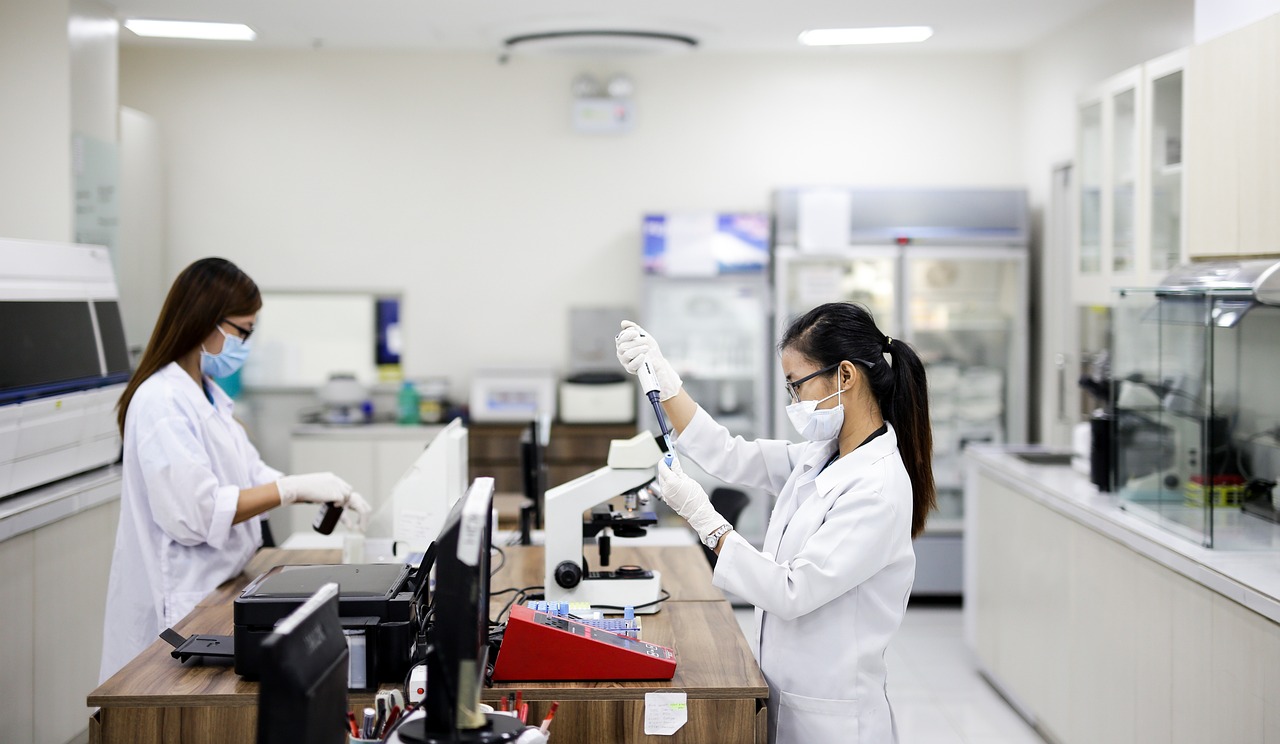Introduction
As we approach 2030, the field of blood storage and transportation is poised for significant transformation. Technological advancements, regulatory shifts, and societal changes are expected to drive these innovations, addressing long-standing challenges and opening new possibilities. This article explores the future trends and innovations in blood storage and transportation, with a particular focus on the role of ultra low freezer in enhancing the efficacy and safety of blood products.
Technological Advancements
1. Ultra-Low Freezers
Ultra-low freezers, capable of maintaining temperatures as low as -80°C, are becoming increasingly critical in the storage of blood and its components. By 2030, these freezers are expected to be more energy-efficient, affordable, and widespread, ensuring the extended shelf life of blood products, particularly rare blood types and plasma. Innovations in cooling technology will likely see the development of portable ultra-low freezers, enabling safe blood storage even in remote locations.
2. Blockchain Technology
Blockchain technology promises to revolutionize the blood supply chain by providing unparalleled transparency and security. By 2030, blockchain could be standard practice for tracking blood donations from donor to recipient. This technology ensures that every step in the supply chain is recorded immutably, reducing the risk of contamination, fraud, and logistical errors.
3. Artificial Intelligence and Machine Learning
AI and machine learning are set to optimize blood storage and transportation logistics. Predictive analytics can forecast blood demand based on historical data, seasonal trends, and demographic changes, ensuring that blood banks are always stocked appropriately. Machine learning algorithms can also optimize transport routes, reducing delivery times and preserving blood quality.
4. Internet of Things (IoT)
The integration of IoT devices will enable real-time monitoring of blood storage and transportation conditions. Sensors can track temperature, humidity, and other critical parameters, ensuring that blood remains within safe limits throughout its journey. IoT technology can alert logistics managers to potential issues, allowing for immediate corrective action.
Regulatory Shifts
1. International Standards Harmonization
By 2030, we can expect greater harmonization of international standards for blood storage and transportation. This shift will facilitate cross-border blood transport, ensuring that blood from different regions meets the same stringent safety and quality criteria. Regulatory bodies will work towards creating universal guidelines, reducing the complexity and cost of international blood shipments.
2. Enhanced Safety Protocols
New regulations will likely mandate the use of advanced technologies, such as blockchain and IoT, to enhance the safety and traceability of blood products. These protocols will ensure that any irregularities in the blood supply chain are quickly identified and addressed, minimizing the risk to patients.
3. Environmental Regulations
As environmental concerns grow, regulations will push for more sustainable practices in blood storage and transportation. Ultra-low freezers and other equipment will need to meet stringent energy efficiency standards, and transport vehicles will likely be required to reduce their carbon footprint. This push for sustainability will drive innovation in eco-friendly cooling and transport solutions.
Societal Changes
1. Increased Awareness and Participation
Public awareness campaigns will highlight the importance of blood donation, leading to increased participation rates. Advances in social media and mobile technology will facilitate easier scheduling and management of blood donations, ensuring a steady supply to meet growing demand.
2. Personalized Medicine
The rise of personalized medicine will necessitate more sophisticated blood storage and transportation systems. As treatments become more tailored to individual patients, there will be a greater need for specific blood types and components. This trend will drive the demand for advanced storage solutions like ultra-low freezers to preserve a diverse range of blood products.
3. Urbanization and Population Growth
Urbanization and population growth will place additional strain on blood supply chains. To meet the needs of larger and more concentrated populations, blood storage and transportation systems will need to become more efficient and scalable. Innovations in logistics and storage will be crucial to ensuring that urban centers can meet their blood supply needs.
Future Innovations
1. Smart Blood Bags
Smart blood bags equipped with sensors and RFID tags will become commonplace by 2030. These bags will continuously monitor the condition of the blood, providing real-time data on factors like temperature, pH levels, and hemolysis rates. This information will be critical for ensuring the quality and safety of stored blood.
2. Drones and Autonomous Vehicles
The use of drones and autonomous vehicles for blood transportation is expected to grow significantly. These technologies will enable rapid and efficient delivery of blood to hospitals and clinics, particularly in emergency situations. Drones can bypass traffic and reach remote areas quickly, while autonomous vehicles can optimize delivery routes for maximum efficiency.
3. Advanced Cryopreservation Techniques
Cryopreservation techniques will continue to advance, allowing for the long-term storage of blood and its components. These techniques, combined with ultra-low freezers, will enable the preservation of rare blood types and specialized products for extended periods. Researchers are exploring methods to minimize cellular damage during freezing and thawing, ensuring that cryopreserved blood is as viable as fresh blood.
4. Portable Blood Storage Solutions
Portable blood storage solutions will become more advanced and widely available. These solutions will be crucial for emergency response teams, military applications, and remote medical missions. Compact, lightweight ultra-low freezers will allow blood to be safely stored and transported in challenging environments.
Conclusion
By 2030, the landscape of blood storage and transportation will have transformed dramatically. Technological advancements, regulatory shifts, and societal changes will drive innovations that ensure the safety, efficiency, and sustainability of blood supply chains. Ultra-low freezers will play a pivotal role in this transformation, enabling the long-term preservation of blood products and expanding the reach of blood supply networks.
As we move forward, it is crucial for stakeholders across the healthcare, technology, and regulatory sectors to collaborate and embrace these innovations. By doing so, we can create a robust and resilient blood supply system that meets the needs of an evolving global population, ensuring that life-saving blood is always available when and where it is needed.







